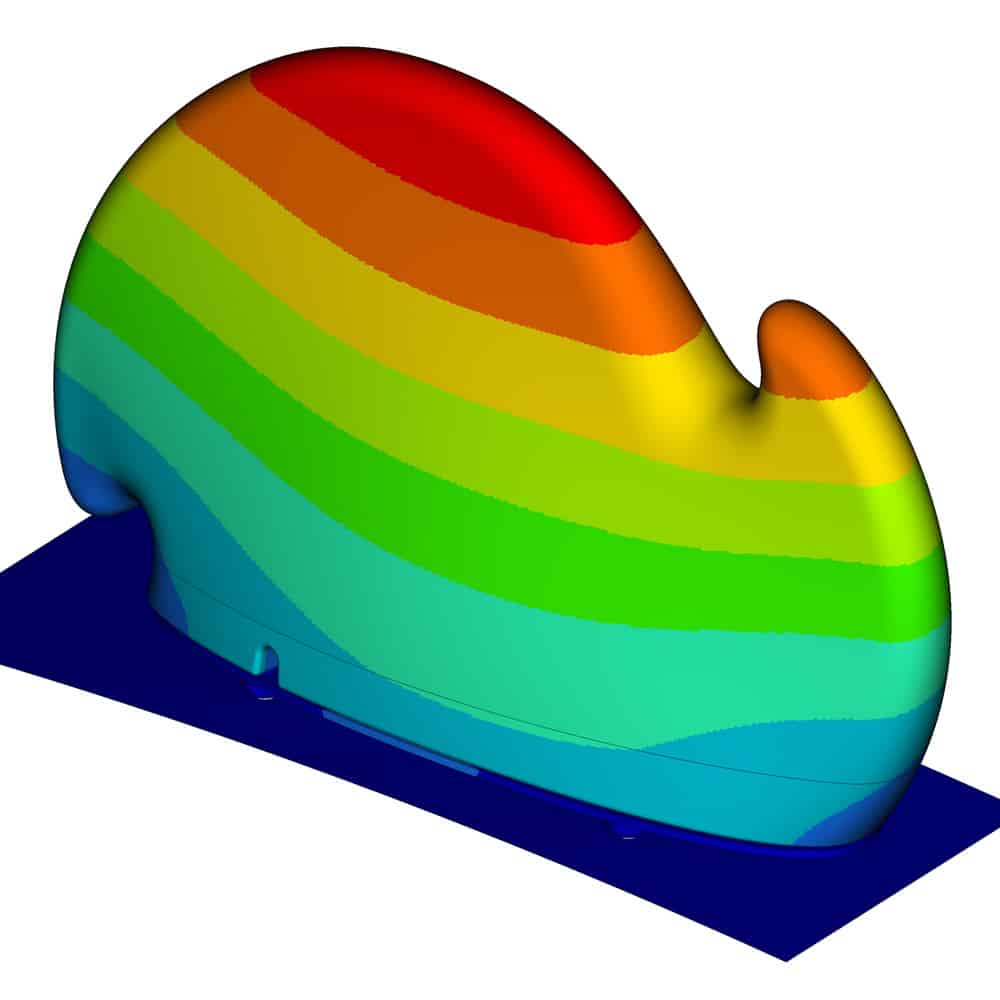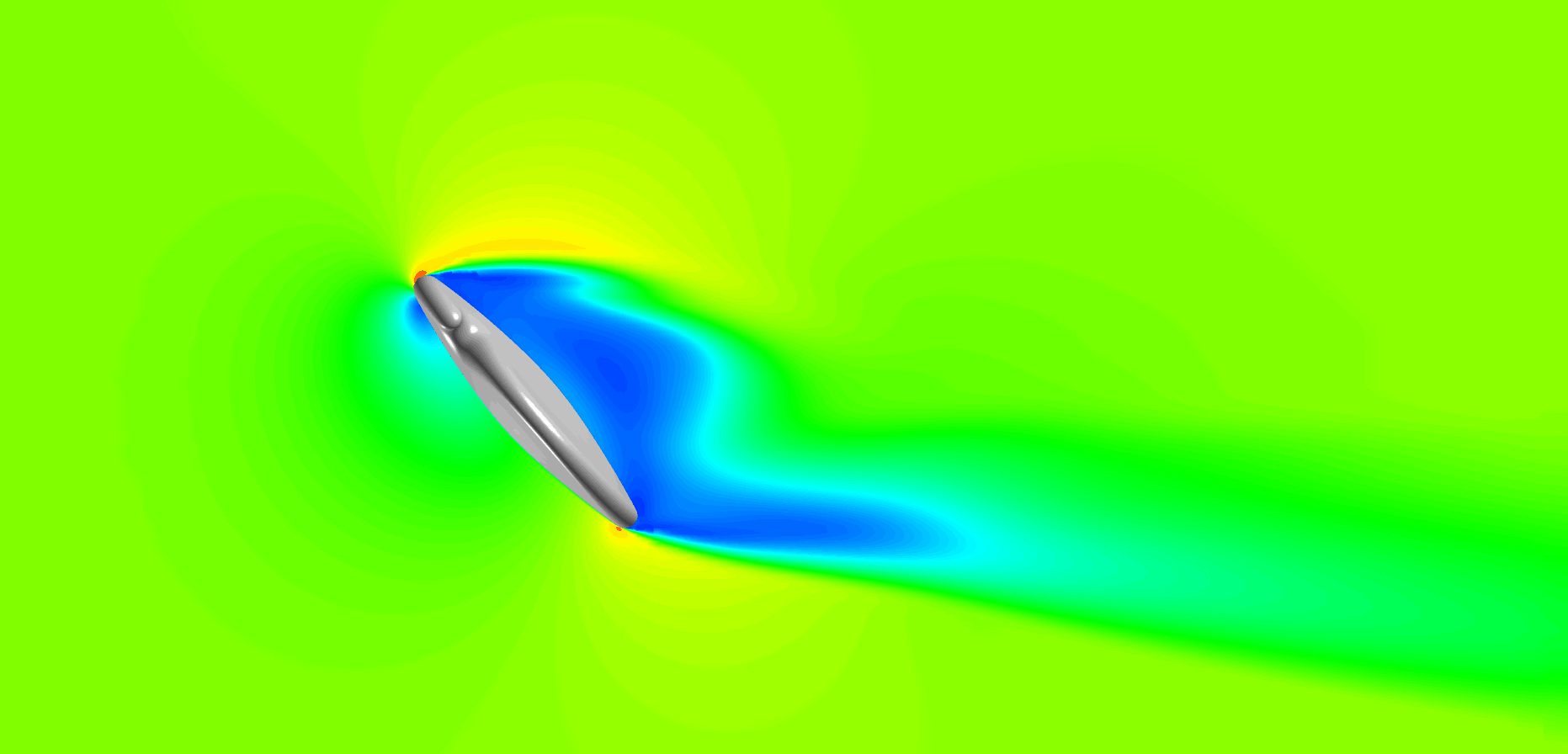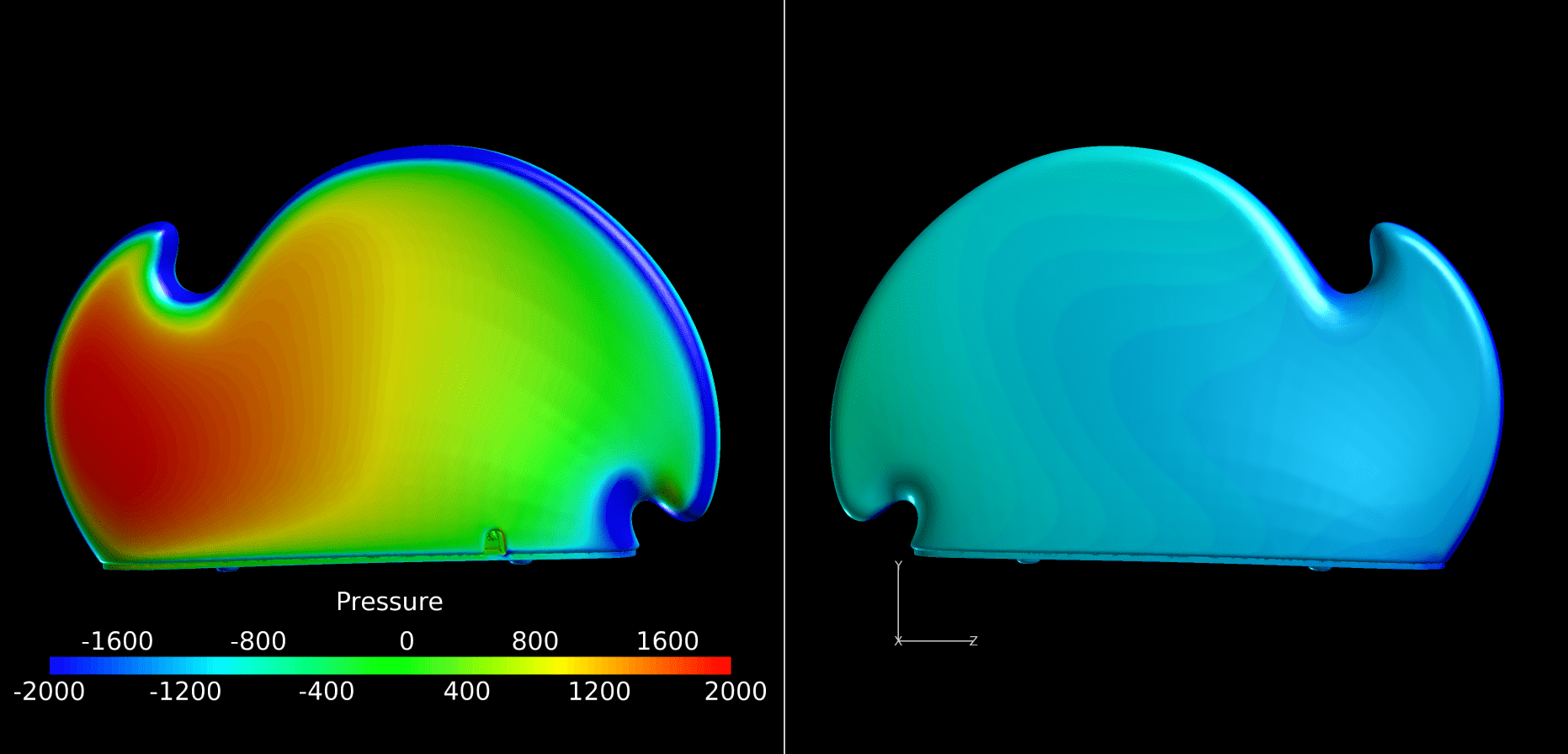Messier Designer / St-Hubert


CHALLENGE
To study the structural behaviour of the sign when subjected to frontal and lateral impact loads, as well as aerodynamic loads from front winds of 120km/h and side winds of 140km/h.
LX SIM EXPERTISE
Quasi static non-linear finite element analysis to evaluate the car top sign’s resistance and anchor points.
Fluid flow analysis to determine the distribution of pressures generated by the air on the sign’s surfaces and direct transfer of the mesh information for the finite element analysis.
Benefits :
Integrating the CFD and FEA analyses allowed us to validate the design and reduce the risk of error during the prototyping phase and initial trials.

Lx Sim Methodology
LX used quasi static non-linear finite element analysis to assess the car top sign’s resistance and anchor points. The sign’s structure was subjected to three load cases: a frontal impact case, a lateral impact case and a case involving violent front and side winds.
For the wind load case, the fluid flow was analyzed using CD-Adapco’s Star-CCM+ V7 software to determine the distribution of pressures generated by the air on the sign’s surfaces.
Results:
LX SIM used quasi static non-linear finite element analysis to assess the car top sign’s resistance and anchor points. The sign’s structure was subjected to three load cases: a frontal impact case, a lateral impact case and a case involving violent front and side winds.
For the wind load case, the fluid flow was analyzed using CD-Adapco’s Star-CCM+ V7 software to determine the distribution of pressures generated by the air on the sign’s surfaces.
